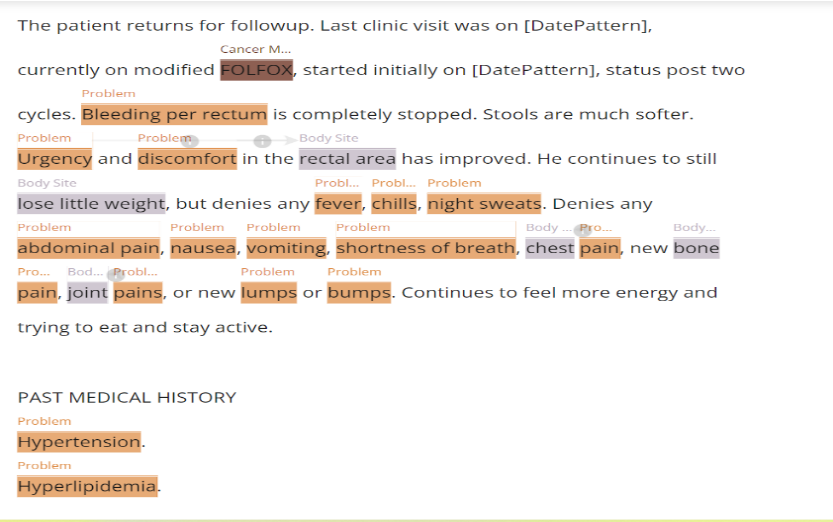Medical NER Annotation
Artificial intelligence (AI) and natural language processing (NLP) have had a significant impact on the healthcare sector's remarkable boom. Robot assisted surgery, medical chatbot applications, customized treatment plans based on notes and reports from patient files, in-depth analysis of medical images, early disease detection and diagnosis, and other breakthroughs in AI-based health care are just a few of the innovations that are revolutionizing the industry. Only when the enormous amount of data that is currently available is merged in a systematic manner all inventions are viable. A crucial part in this processing is played by the Named Entity Recognition form. This article gives a brief on what NER is and how it applies to the medical area.
What is NLP?
Natural Language Processing (NLP) is a branch of artificial intelligence (AI), which makes it possible for a system to interpret spoken and written language and respond in ways that are similar to how people would.
What is Named Entity Recognition?
Named Entity recognition is a form of NLP. It is a most popular data processing task. Named-entity recognition (NER) is also known as entity identification, entity chunking and entity extraction. Named Entity Recognition helps in extracting the named Entities and the relationship between them. Entity - entities correspond to a person or organisation, object type or concept about the information stored. Entity Linking – Entity linking connects each entity with its corresponding description in a knowledge base. The two main steps involved in NER are
- Detecting named Entities from text / Named Entity Recognition
- Classifying them into predefined categories/Named Entity Classification
Medical/Clinical NER
Medical NER is an area in which medical named entities are annotated from the medical files. Medical named entities include anatomical parts (Body Site), disease, drug, severity, surgery results etc. The purpose of Medical NER annotation is crucial in creating a system that can comprehend medical terminology and relate it. This is used in a variety of medical fields, paving the way for automatic systems that will reduce the need for most human labour.
Here let us take a scenario dealing with oncology reports.

Some of the features of the annotated example
- To differentiate Oncology terms from the non Oncology terms.
- All the entities are given contrast color coding which helps to visualize the context easily.
- Annotation is done based on the context in order to prevent misinterpretation.
- Domain-specific elements are specified according to the context that we want our system to comprehend and replicate.
- - Using the listed entities, professional annotators annotate the file.
- - Entity linking is also carried out in order to comprehend relationships between entities, such as those between discomfort and its bodily spot, a procedure, and its outcomes, etc.
- The system is then programmed to train the model using the Deep learning approach after receiving the annotated files.
- The accuracy of the trained model is next evaluated.
- The NER model is used to automatically recognize the entities from the provided text file after being tested.